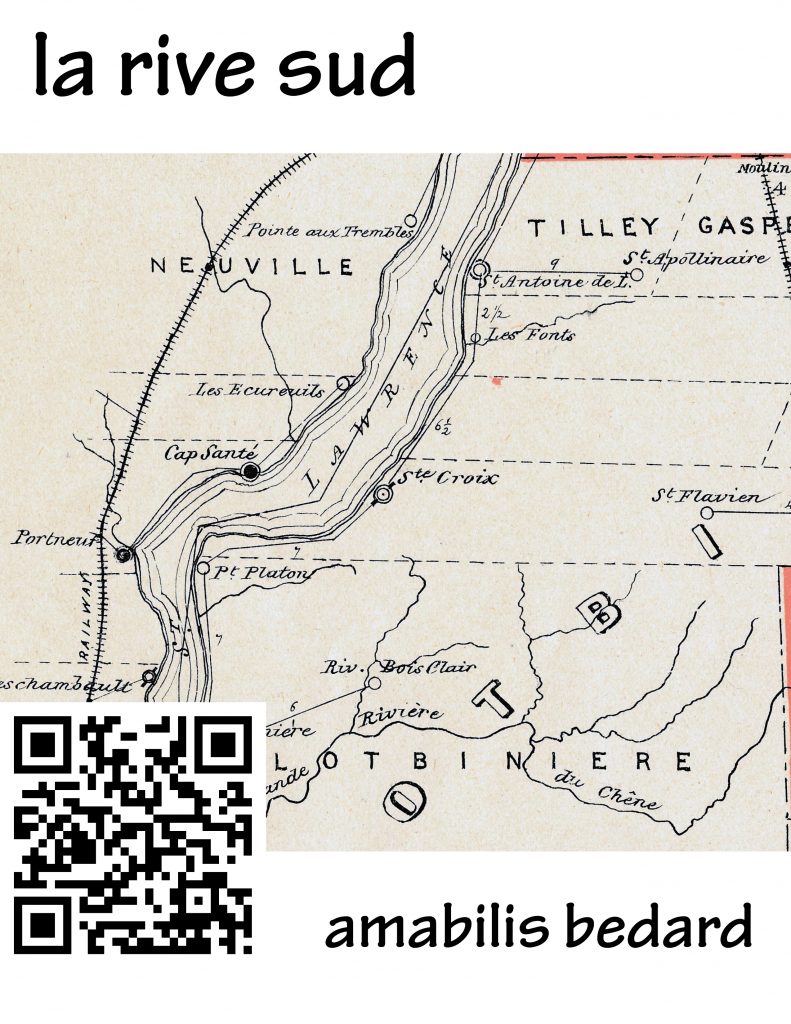
The word “type” is both a noun and a verb. When I think of type as a noun, I think of Tekton, the font. Type lives as a verb as the second word in FTC – Fear, Type, and Copy.
The Noun
Every copy of Adobe PostScript shipped with thirteen base fonts: Courier (Regular, Oblique, Bold, Bold Oblique), Helvetica (Regular, Oblique, Bold, Bold Oblique), Times (Roman, Italic, Bold, Bold Italic), and Symbol. It was a very plain, but effective assortment of fonts that every developer could expect to be there. But as an assortment, it was like a kale salad, effective roughage aiding your output, but not particularly pleasant being ingested.
Tekton was not part of the thirteen. The rumor at Adobe was that Tekton had poured out of the mind of a deranged drafter. This insane inker’s work, whose handwritten, obsessively precise lettering was digitized — morphed into a magic font.
That was the legend.
Imagine your hand lettering being good enough to be immortalized. That is what happened to architect and professor emeritus Frank Ching, whose genius and design live forever, embodied in the Tekton font.
Like a favorite comfort food, Tekton just feels right. In 1989, Tekton joined the Adobe Original font roster, the greatest recognition for a font. Tekton was Steve’s favorite font. He liked it so much he used Tekton on his breakfast cereal instead of unpasteurized milk.
We often spoke about adding Tekton to these base 13 and thus with the NeXTSTEP operating system. If NeXT had stayed intact longer and Steve had not gone back to Apple, something would have been negotiated. NeXT would be shipping Tekton. It just seemed meant to be.
The Verb
But it wasn’t. Fate intervenes without fail, but I do not think it even quelled Steve’s Tekton love. He used it back at Apple as I remember, but never with as much gusto as at NeXT. As a noun, the font became part of NeXT’s identity, showing up in most of Steve’s slideware.
The current layout of the world’s English keyboards, known universally as the QWERTY keyboard, did not exist until the 1870s. It moved with us to the tech world through sheer inertia and its utility, not to mention the trained workforce.
Why learn to type? What’s so important about being able to manipulate the QWERTY, to type? Was eighth grade typing you the most valuable class of middle school?
Steve, and to a great extent, the entire publishing industry, which drove much of early computing, went out of its way to kill off typewriters in the 1980s. Overnight, typing became for Luddites.
This view ignores the role of typing in computing — the absolute view. In the development of software, a typo can be much more than a typo — a typo can trigger any sort of result outside the control of the author, the programmer.
If you can’t type, programming can be tough, never mind sales. This becomes even more important as primitive text editors like vi and emacs come back into vogue. Code is code, and computer languages are nothing initially but letters and numbers, keyboard inputs into a typewriter-like device.
The interface might change as performance-enhancing automation and autocompletion algorithms assist us in the coming decades or centuries, but for the near term, the keyboard rule continues and QWERTY still has some relevance, though as time goes on, our interface with computers through keyboards has been greatly diminished.
Lately, it’s become cool to type again. Even some interfaces to computer languages have regressed into the world of ascii code and execution scripts. Our attempts to objectify the code world failed, sort of.
Typists are code pianists, hitting every key at the right time at the right cadence and speed without once looking at the keys.
There’s nothing demeaning about typing. You don’t need to type to sell meat door-to-door or pumping gas. But when you are selling high concept, high value, complex goods, you must communicate in the most effective medium available, and more often than not, that medium is written or typed.
Your degree of facility typing will vary, but your willingness to type, to do what’s necessary should never waver. Too many people rely on the work (and typing) of others. They refuse to get their hands dirty, thinking that staying clean is to their advantage. This is to their own, and their company’s, detriment. Steve, as well as all your many other clients, love and appreciate those willing to do what needs to be done.
In the late 20th century, Japanese culture and aesthetics were revered. The Quality Circles movement and Kanban on the manufacturing line rose in the 1980s as companies in the US tried to match Japanese quality. Popular culture in the US embraced the Japanese way in all ways of popular culture, especially in media.
Typewriters have gone the way of mechanical pianos; but the language, the input, the methodology – they remain.
Typing, or input, is a first step in turning man into some type of machine, the typewriter or keypunch was our interface to the enterprise. Though typewriters no longer rule the earth, the QWERTY interface does, at least through the start of the 21st century. No one should ever assume interfaces last forever.
Steve extended the utility and the value of knowing how to type — he and Xerox PARC’s Graphical User Interface (GUI) never replaced typing, in fact, it might have enhanced it, allowing us to easily cut and paste to repurpose our words.
It may have been much like pdf, promised to save countless trees every year, while consuming may be many more as people saw how easy it was to print pdf.
Your fingers are extensions of your thought process. They should bounce with authority off an abused keyboard for effect! Being able to compose messages on the fly matters when selling to Steve.
If you can’t type, how can you sell? How can you respond to email at 2 am in the morning? With voice? As things advance it will make sense, but for today, odds are you will need to input something with a keyboard. Learn how to use the interface effectively.





